
6 tips for starter drone pilots
Get started with your drone

As soon as you have your drone, you'll want nothing more than to fly it. If you've never flown with a drone before, we recommend you follow our step-by-step guide to prevent crashes and enjoy your drone for longer.
- Tip 1: read the manual
- Tip 2: charge all batteries
- Tip 3: practice with a simulator
- Tip 4: check the parts
- Tip 5: check the connection
- Tip 6: be safe
Tip 1: read the manual
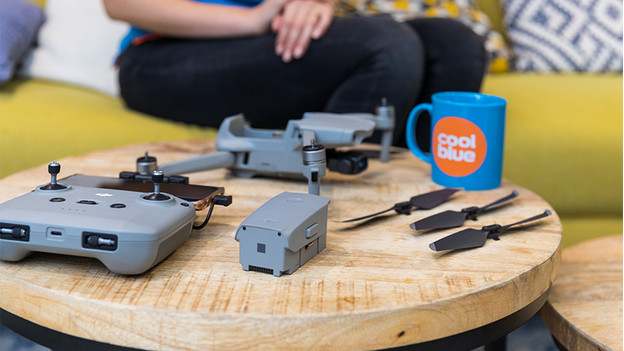
Read the manual to get to know your drone well. Go through each step of the installation manual. Guide yourself through all the functions and learn what all the buttons do. During the flight, you'll sometimes have to intervene. If that happens, it's good to know how to control the drone. Make sure you can take off without any problems and know how to land. You should also learn how the Return to Home function works and install the apps the manufacturer recommends.
Tip 2: charge the batteries
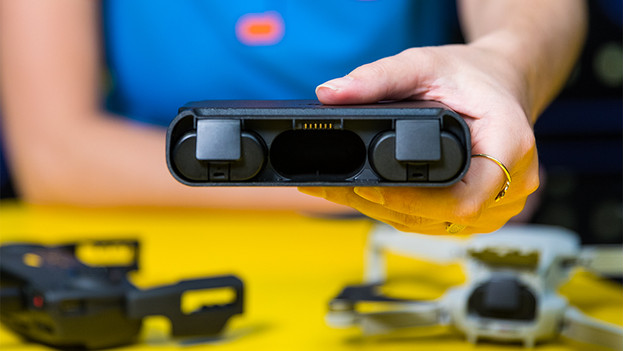
Usually, the batteries in the packaging are partially charged already. You should still fully charge them before your first flight. This applies to all the batteries, of both the drone and the controller. With a full battery, you don't have to worry about the drone crashing all of a sudden due to lack of power.
Tip 3: practice with a simulator

While the batteries are being charged, you have enough time to practice with a simulator. Flying a drone takes some getting used to. With a software simulator, you'll learn how a drone responds to different circumstances. And you can get the hang of landing the drone, which could prevent a crash in real life. Some manufacturers offer a free simulator via their apps, such as DJI.
Tip 4: check the parts
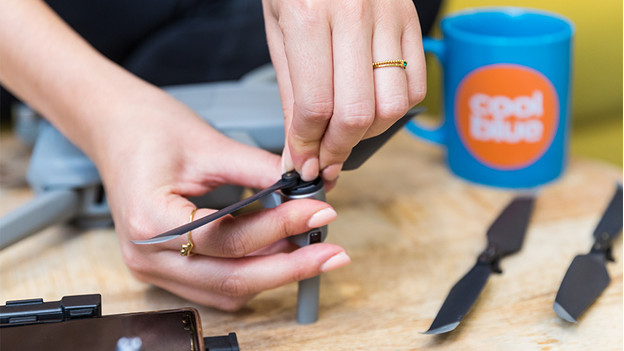
Once you can successfully fly digitally, it's time to check the drone for defects. Check the separate parts first. Are the propellers secured? Is the drone damaged? Do the batteries work like they should? If all of this looks good, you can head outside.
Tip 5: check the connection
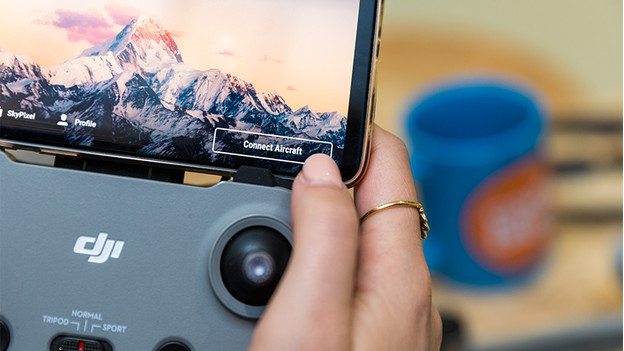
Connect to the drone and check whether all connections are good. Sometimes, the drone provides a warning. It may indicate that you can't fly in the area, for example. Solve any problems that occur, until the drone doesn't show any more warnings. After that, check if the drone has a good connection with the GPS satellites. This is important if you use the Return To Home function. Then, check if the compass shows a logical direction and isn't being affected by magnetic interferences.
Tip 6: be safe
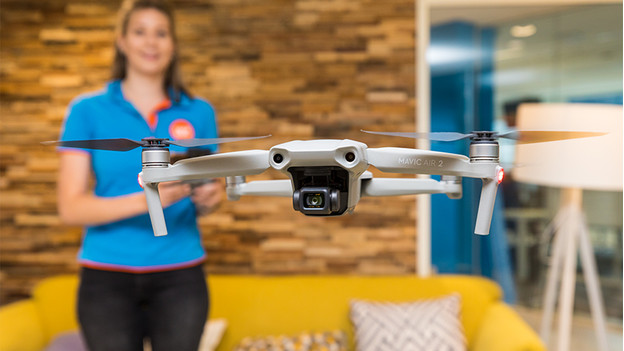
You're now ready to start flying your drone. During your flight, make sure you're always able to see the drone. That way, you can intervene quickly if something goes wrong. Never grab a drone while it's still flying, that could injure you. Try to land it carefully and make sure that the propellers aren't moving when you pick it up.


